How to Lower Percentage of Calls Blocked in Call Centers
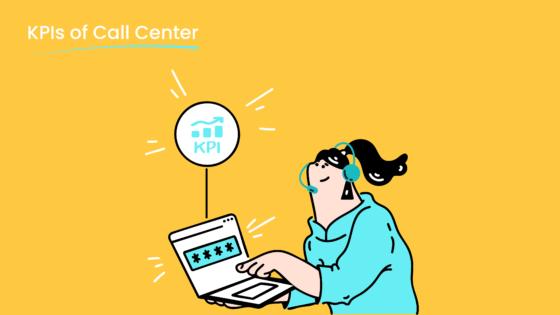
The percentage of calls blocked (PCB) measures how many incoming calls fail to connect due to capacity or system limitations. For instance, if a call center receives 2,000 calls daily and 200 are blocked, the PCB stands at 10%. High PCB rates directly harm call center performance by frustrating callers and lowering the customer satisfaction score. This dissatisfaction often reduces customer loyalty and revenue while straining operational efficiency. Addressing PCB requires proactive strategies like improving first call resolution and ensuring caller legitimacy. Solutions like Sobot's Voice/Call Center can help achieve this reduction effectively.
Understanding the Percentage of Calls Blocked (PCB)
What is PCB in Call Centers?
Definition and significance of PCB.
The percentage of calls blocked (PCB) refers to the proportion of incoming calls that fail to connect due to system or capacity limitations. For example, if a call center receives 1,000 calls daily and 100 are blocked, the PCB is 10%. This metric directly reflects call center performance and operational efficiency. A high PCB often frustrates callers, leading to a decline in the customer satisfaction score and damaging the center's reputation.
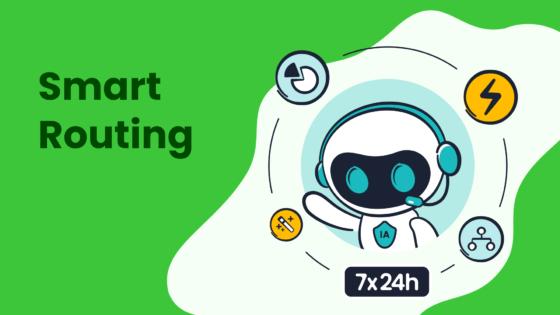
Modern call centers must prioritize reducing PCB to enhance first call resolution and ensure seamless customer interactions. Solutions like Sobot's Voice/Call Center offer intelligent IVR and smart call routing, which help minimize call blocking by optimizing resource allocation and system scalability.
Industry standards and acceptable PCB thresholds.
Industry benchmarks suggest that an acceptable PCB threshold ranges between 2% and 5%. However, this varies based on factors like call volume, industry type, and peak demand periods. Maintaining a low PCB is critical, as 83% of customers expect immediate engagement when contacting a company. Additionally, 55% of consumers are willing to pay more for exceptional service experiences.
| Statistic | Source |
|---|---|
| 83% of customers expect to engage with someone immediately when contacting a company. | Salesforce |
| 55% of consumers are willing to pay more for exceptional customer experiences. | NICE CXone |
Why Reducing PCB is Crucial
Impact on customer experience and satisfaction.
A high PCB negatively affects customer experience. Callers who cannot connect often feel undervalued, which reduces their trust in your brand. Studies show that 82% of consumers prefer resolving complex issues with a single agent. By lowering PCB, you ensure callers can reach agents promptly, improving their overall experience and boosting the customer satisfaction score.

Effects on call center profitability and brand reputation.
Blocked calls translate to missed opportunities for revenue generation. Customers unable to connect may switch to competitors, impacting your bottom line. Furthermore, a high PCB tarnishes your reputation, making it harder to retain loyal customers. Leveraging predictive analytics and scalable solutions like Sobot's Voice/Call Center can help you forecast call volumes and allocate resources effectively, ensuring profitability and a strong reputation.
Identifying the Causes of High PCB
Capacity and Infrastructure Challenges
Insufficient agent availability during peak times.
Call centers often experience a surge in call volume during peak hours, such as holiday seasons or promotional events. Without enough agents to handle these spikes, calls may go unanswered, leading to a higher percentage of call blocking. For example, if a center receives 2,000 calls in a day and 200 are blocked, the PCB rate reaches 10%. This not only frustrates customers but also increases the repeat call rate, as unresolved issues force callers to try again. Addressing this requires dynamic staffing solutions and predictive analytics to forecast demand accurately.
Lack of scalability in call center systems.
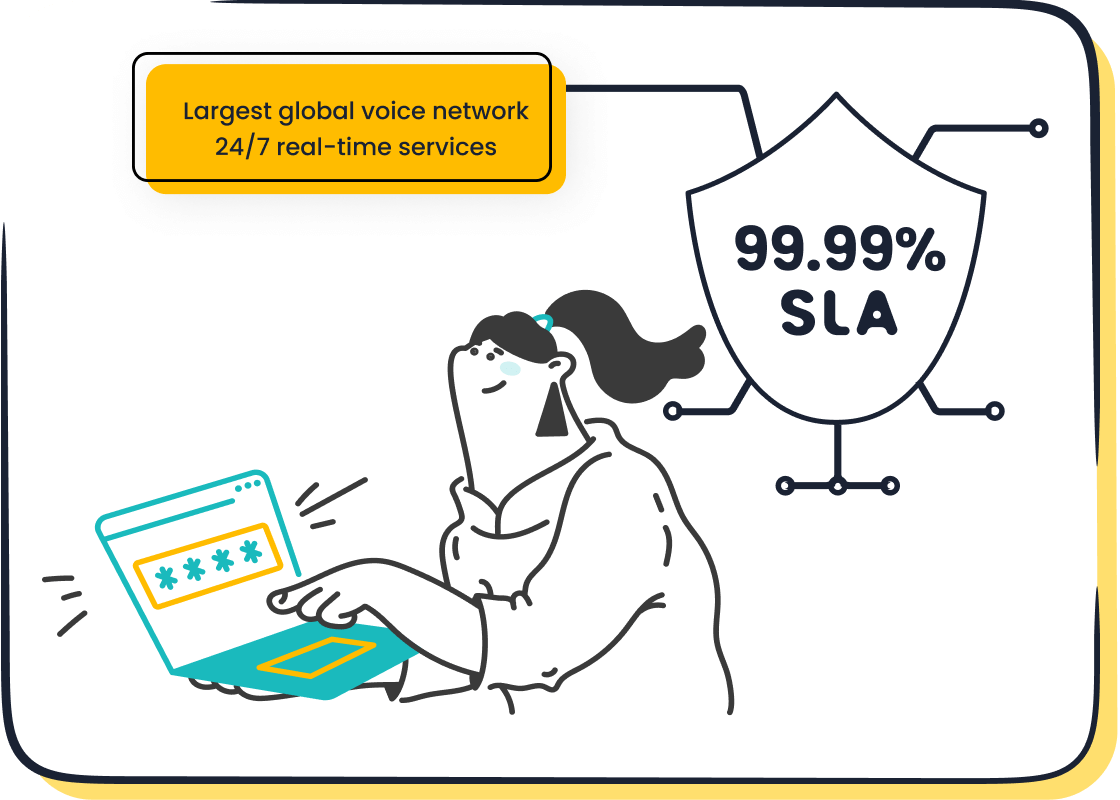
Outdated or rigid systems struggle to adapt to fluctuating call volumes, especially during unexpected surges. A lack of scalability increases the risk of system overload, resulting in blocked calls. Modern cloud-based solutions, like Sobot's Voice/Call Center, offer scalable infrastructure that adjusts to demand in real-time. With features like global number availability and intelligent IVR, these systems ensure seamless operations even during high-demand periods.
Technical and Network Issues
Problems with Direct Inward Dialing (DID) numbers.
DID numbers play a crucial role in routing calls to the right agents or departments. However, issues like inactive or misconfigured DID numbers can disrupt call flow, leading to call blocking. Regular audits and testing of DID numbers are essential to maintain their functionality. Sobot's monitoring tools simplify this process by providing real-time insights into DID health, reducing the risk of disruptions.
Network congestion and carrier-related restrictions.
Network congestion, especially during peak usage hours, can degrade call quality and block incoming calls. The Thirteenth Report on Measuring Fixed Broadband highlights how bottlenecks within an ISP's network or a consumer's home setup can impact performance. Factors like multiple simultaneous users and limited bandwidth exacerbate these issues. Collaborating with reliable carriers and optimizing network configurations can mitigate these risks, ensuring uninterrupted service.
Inefficient Call Routing and Management
Poorly configured IVR systems.
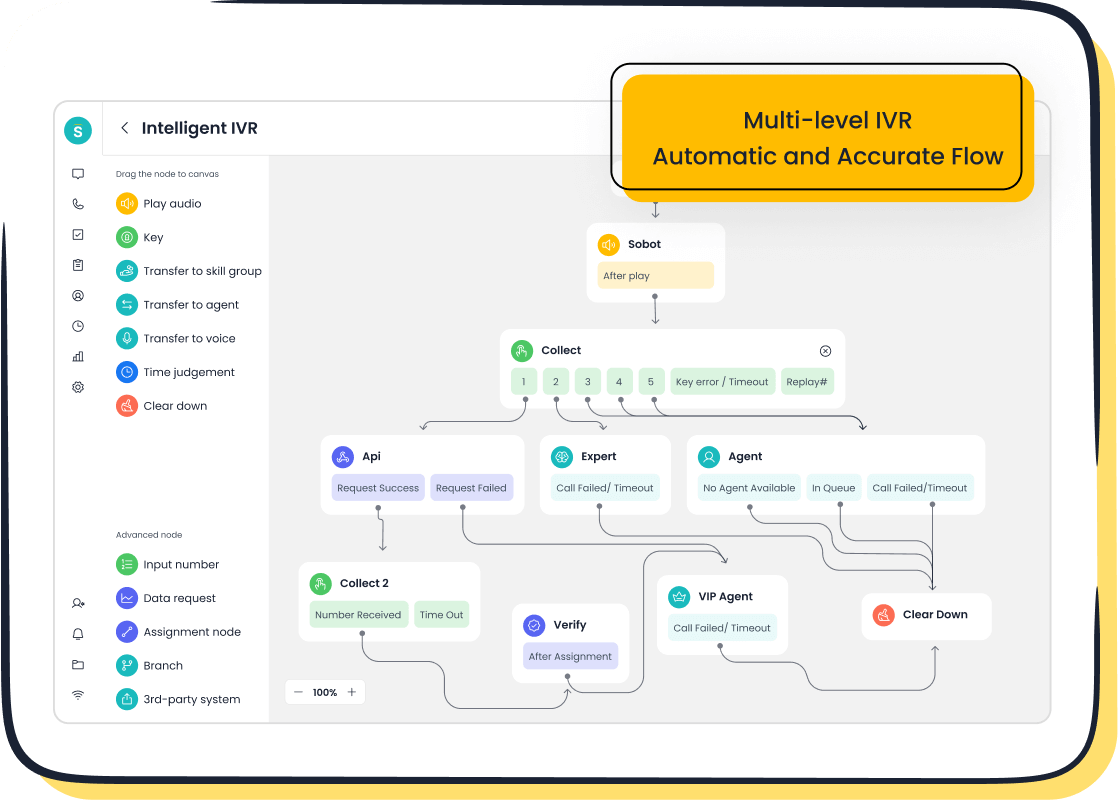
An ineffective IVR system can confuse callers, prolong call handling times, and increase the likelihood of call blocking. Overly complex menus or misrouted calls frustrate customers and strain resources. Simplifying IVR menus and implementing intelligent routing, such as Sobot's drag-and-drop IVR builder, can streamline the process and enhance customer satisfaction.
Mismanagement of call queues and overflow handling.
Improper queue management leads to long wait times and abandoned calls, contributing to a higher PCB rate. Overflow handling strategies, like redirecting calls to backup centers or offering callback options, can alleviate this issue. Sobot's smart call routing and overflow solutions dynamically allocate resources, ensuring callers receive timely assistance without risking call blocking.
Call Center Strategies to Reduce PCB
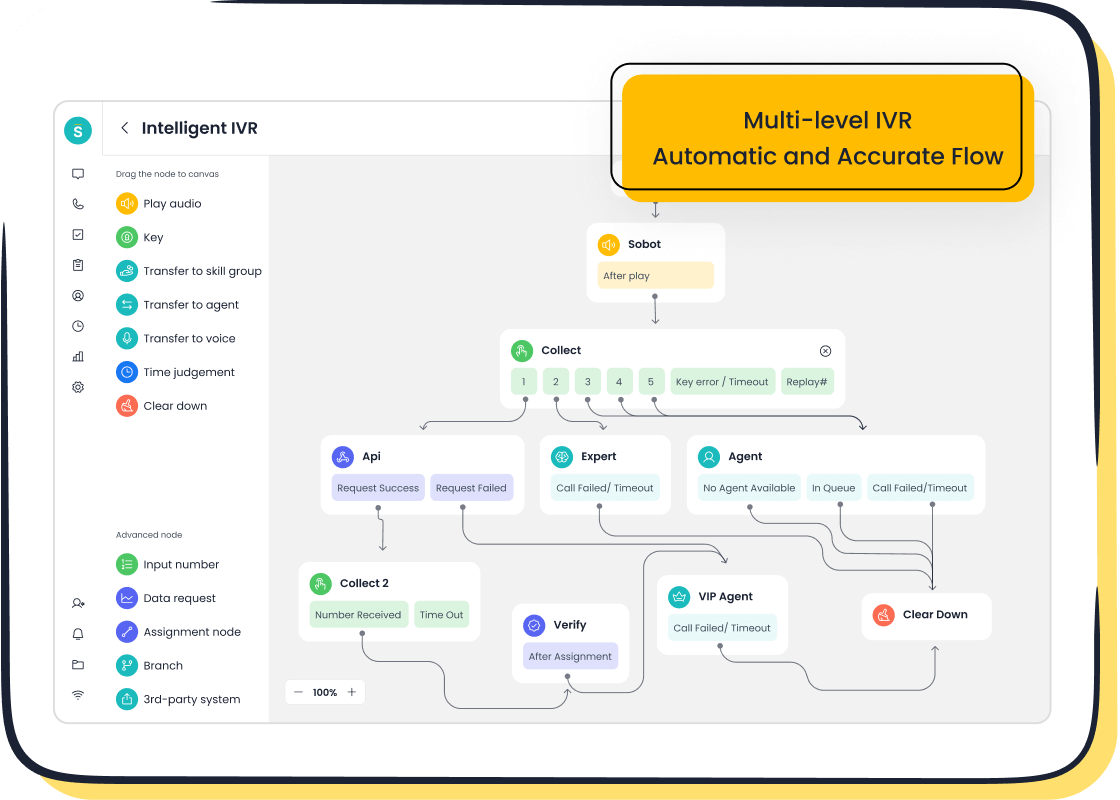
Optimize Call Center Infrastructure with Sobot Voice/Call Center
Invest in scalable cloud-based solutions.
A scalable infrastructure is essential for handling fluctuating call volumes. Cloud-based solutions, like Sobot's Voice/Call Center, provide the flexibility to adapt to demand spikes without compromising service quality. These systems ensure seamless operations by offering global number availability and intelligent IVR capabilities. For example, during peak shopping seasons, a scalable contact center can accommodate increased traffic, reducing the risk of call blocking. This approach not only improves efficiency but also enhances customer satisfaction by ensuring callers can connect without delays.
Ensure sufficient agent staffing during peak hours.
Staffing shortages during high-demand periods often lead to a higher percentage of calls blocked. Predictive analytics can help forecast call volumes, enabling you to allocate resources effectively. Sobot's Voice/Call Center integrates workforce management tools to optimize agent scheduling. By ensuring adequate staffing, you can minimize call overflow and maintain a low PCB rate. Studies show that improving workforce productivity by 50% and employee engagement by 60% significantly reduces operational bottlenecks, ensuring callers receive timely assistance.
Enhance IVR and Call Routing Systems
Streamline IVR menus to reduce call handling time.
Complex IVR menus frustrate callers and increase the likelihood of abandoned calls. Simplifying these menus and designing a customer-centric Voice User Interface (VUI) can enhance navigation. Sobot's drag-and-drop IVR builder allows you to create concise menus that guide callers efficiently. Keeping main menu options under 30 seconds and always offering a live agent option improves the customer experience. Enhanced IVR systems also boost first contact resolution rates, reducing unnecessary call volume and lowering the PCB.
Implement smart call routing with Sobot's intelligent IVR.
Smart call routing ensures callers reach the right agent or department quickly. Sobot's intelligent IVR uses rule-based workflows to route calls based on factors like customer history and issue type. This reduces the risk of misrouted calls and enhances efficiency. By resolving issues faster, you can lower the per-call burden and improve customer satisfaction. Additionally, effective call routing minimizes spam risk by ensuring legitimate calls are prioritized, protecting your contact center's reputation.
Monitor and Maintain DID Health
Regularly audit and test DID numbers for functionality.
Inactive or misconfigured DID numbers disrupt call flow, leading to blocked calls. Regular audits and real-time analytics can help identify and resolve these issues. Sobot's monitoring tools provide insights into DID performance, enabling you to adjust dialing strategies proactively. Maintaining a strong caller ID reputation reduces spam risk and ensures legitimate identification by carriers, lowering the likelihood of call blocking.
Collaborate with carriers to resolve connectivity issues.
Carrier-related restrictions and network congestion often contribute to high PCB rates. Partnering with reliable carriers and optimizing network configurations can mitigate these challenges. Sobot's global network support ensures stable connectivity, even during peak usage hours. By managing caller IDs based on call volume and geography, you can avoid spam labeling and maintain seamless operations. Proactive strategies like these protect your contact center from disruptions and enhance overall efficiency.
Leverage Predictive Analytics for Call Reduction Strategies
Use historical data to forecast call volumes.
Analyzing historical call data allows you to anticipate peak call volumes and prepare accordingly. For example, during promotional campaigns or holiday seasons, call centers often experience a surge in inquiries. By studying past trends, you can identify patterns in customer behavior and predict when these spikes will occur. This enables you to implement an effective call reduction plan by scheduling additional agents or adjusting workflows to handle the increased demand.
- Historical data analysis helps uncover patterns in customer issues, enabling agents to resolve inquiries on the first call. This reduces repeat calls and improves overall efficiency.
- Predictive analytics prepares agents for potential customer needs during busy periods, enhancing service delivery and reducing caller frustration.
Sobot's Voice/Call Center integrates predictive analytics tools that analyze call trends and forecast demand. These insights allow you to allocate resources effectively, ensuring a seamless experience for every caller.
Dynamically allocate resources based on demand predictions.
Dynamic resource allocation is a cornerstone of effective call reduction strategies. By leveraging demand predictions, you can adjust staffing levels and optimize agent schedules in real-time. For instance, if data forecasts a 20% increase in call volume during a weekend sale, you can allocate additional agents to handle the surge. This proactive approach minimizes call blocking and ensures callers receive timely assistance.
Sobot's intelligent call routing and workforce management tools simplify this process. These features dynamically distribute calls based on agent availability and expertise, reducing spam risk and improving first call resolution rates. This ensures your call reduction plan remains efficient and adaptable to changing demands.
Implement Overflow and Callback Solutions
Use overflow call centers or third-party support during high demand.
Overflow call centers or third-party support can significantly reduce blocked calls during peak periods. Retail giant Target, for example, implemented an intelligent capacity management system that dynamically adjusted staffing and routed calls based on real-time volume. This strategy reduced abandon rates by 37% during holiday shopping seasons while maintaining consistent service quality.
Sobot's global network support and scalable infrastructure make it easy to integrate overflow solutions. By routing excess calls to backup centers, you can maintain service quality and ensure callers receive prompt assistance, even during high-demand periods.
Enable callback options to reduce customer wait times.
Callback options offer an effective call reduction strategy by allowing callers to request a return call instead of waiting on hold. This reduces customer frustration and improves satisfaction. Studies show that offering callbacks can lower abandon rates and enhance the overall customer experience.
Sobot's Voice/Call Center includes callback functionality that integrates seamlessly with your existing systems. This feature ensures callers can connect with agents at their convenience, reducing wait times and improving service efficiency. By implementing such solutions, you can create a more customer-centric call reduction plan.
Monitoring and Improving PCB Metrics
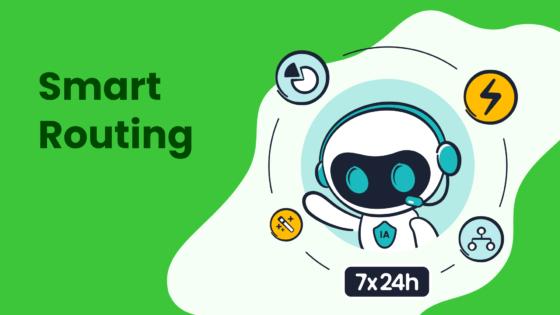
Track Key Performance Indicators (KPIs) with Sobot Tools
Monitor PCB rates in real-time using Sobot's Voice/Call Center analytics.

Real-time call monitoring is essential for identifying and addressing call blocking issues promptly. Sobot's Voice/Call Center analytics provides comprehensive dashboards that track key call center metrics like Average Handle Time (AHT), Customer Satisfaction (CSAT), and First Call Resolution (FCR). These tools allow you to monitor PCB rates as they occur, ensuring immediate action when thresholds are exceeded. For example, if your PCB rate spikes during peak hours, you can quickly adjust staffing or reroute calls to overflow centers. This proactive approach minimizes the risk of customer dissatisfaction and ensures operational efficiency.
| Feature | KPI Tracked |
|---|---|
| Automated Quality Management | Identifies inefficiencies |
| Real-Time Agent Assist | Ensures consistent service |
| Comprehensive Dashboards | Tracks AHT, CSAT, FCR |
| Conversation Intelligence | Analyzes sentiment and keywords |
| Predictive Analytics | Anticipates trends |
Analyze trends to identify recurring issues.
Analyzing historical data helps you uncover patterns that contribute to high PCB rates. For instance, recurring spikes in call volume during specific times may indicate the need for additional agents or improved IVR systems. Sobot's predictive analytics tools provide insights into these trends, enabling you to implement targeted strategies for PCB reduction. By addressing these recurring issues, you can enhance caller satisfaction and maintain a low PCB rate.
Conduct Regular Performance Reviews
Evaluate the effectiveness of implemented strategies.
Regular performance reviews ensure that your PCB reduction strategies are delivering the desired results. For example, if you’ve implemented smart call routing or callback options, you should assess their impact on call center metrics like FCR and CSAT. Sobot's analytics tools simplify this process by providing detailed reports on agent performance and system efficiency. These insights help you refine your strategies and maintain consistent service quality.
Gather feedback from agents and customers for continuous improvement.
Feedback from agents and callers is invaluable for identifying areas of improvement. Agents can provide insights into operational challenges, while customer feedback highlights pain points in the service experience. Companies like Bombas have successfully enhanced their performance management by introducing continuous feedback loops and 360-degree reviews. Adopting similar practices ensures your call center remains agile and responsive to changing needs.
Use Automation and AI for Efficiency
Automate routine tasks to free up agent capacity.
Automation reduces the burden of repetitive tasks, allowing agents to focus on complex customer issues. Sobot's AI-powered Voicebot automates routine interactions, such as answering FAQs or collecting customer information. This not only improves agent utilization rates but also enhances overall call center efficiency. For example, automating call routing during peak hours ensures callers are connected to the right agent without delays, reducing the risk of call blocking.
Use AI-driven insights to optimize call handling processes.
AI-driven tools like Sobot's intelligent IVR and predictive analytics optimize workflows by analyzing customer data in real-time. These tools empower agents to respond swiftly to caller demands, improving first call resolution rates and reducing average handle time. By leveraging AI, you can create a more agile and efficient call center that fosters long-term customer loyalty.
| Metric | Description |
|---|---|
| Agent Utilization Rate | Measures the percentage of an agent's time spent on productive activities, indicating efficiency. |
| Adherence to Schedule | Assesses how closely agents follow their planned schedules, crucial for maintaining service levels. |
Call Center Best Practices for Sustained PCB Reduction
Adopt Trusted Communication Platforms
Ensure compliance with caller ID reputation management.
Maintaining a strong caller ID reputation is essential for ensuring legitimate calls reach their destination. Call centers must comply with industry standards to avoid being flagged as spam. This includes adhering to regulations like STIR/SHAKEN, which authenticates caller identities and prevents fraudulent activities. A trusted platform like Sobot ensures compliance by offering encrypted data transfer and global network support. These features protect your call center from being mislabeled, ensuring legitimate calls connect seamlessly.
Opt for platforms like Sobot to minimize call blocking risks.
Choosing a reliable communication platform reduces the risk of call blocking. Sobot's Voice/Call Center provides advanced features like intelligent IVR and smart call routing, which prioritize legitimate calls and minimize disruptions. Its 99.99% system uptime ensures uninterrupted service, even during peak periods. By leveraging Sobot's scalable infrastructure, you can handle high call volumes efficiently, maintaining a low PCB rate and enhancing your center's reputation.
Continuous Number Monitoring and Management
Proactively address issues that may lead to call blocking.
Regular monitoring of DID numbers is crucial for identifying potential issues that could lead to call blocking. Inactive or misconfigured numbers often disrupt call flow, frustrating callers and damaging your reputation. Sobot's real-time analytics tools simplify this process by providing actionable insights into number performance. Proactive management ensures legitimate calls connect without delays, reducing the risk of spam labeling and improving customer satisfaction.
Maintain a clean and updated database of DID numbers.
An updated database of DID numbers ensures smooth call routing and minimizes disruptions. Outdated or incorrect information can lead to blocked calls, harming your center's efficiency. Sobot's global number availability feature allows you to manage numbers across multiple regions, ensuring seamless operations. By maintaining a clean database, you enhance your caller ID reputation and ensure legitimate calls are prioritized.
Train and Empower Call Center Agents
Provide regular training on handling high call volumes.
Empowering agents with the right skills reduces call blocking and improves customer satisfaction. Training programs should focus on managing high call volumes and resolving issues efficiently. AI-driven tools like Sobot's Voice/Call Center offer personalized coaching and virtual simulations, enabling agents to handle various scenarios confidently. These strategies not only enhance agent competence but also contribute to a significant reduction in PCB rates.
| Metric | Outcome |
|---|---|
| Customer Satisfaction | Significant improvement due to real-time feedback and enhanced interactions |
| Ramp-Up Time | Decreased through automated learning and personalized coaching |
| Collection Rates | Boosted by data-driven communication strategies |
Equip agents with tools like Sobot's unified workspace for efficiency.
Providing agents with advanced tools enhances their productivity and reduces call handling times. Sobot's unified workspace integrates customer data, call history, and real-time analytics into a single platform. This streamlined approach allows agents to resolve issues faster, ensuring legitimate calls are handled efficiently. By equipping your team with the right tools, you improve first call resolution rates and maintain a low PCB.
Reducing the percentage of calls blocked (PCB) is essential for maintaining a high-quality customer experience. By optimizing your call center infrastructure, improving IVR systems, and leveraging predictive analytics, you can ensure that every caller connects seamlessly. Continuous monitoring and proactive measures, such as auditing DID numbers and analyzing call trends, help sustain low PCB rates over time.
Adopting Sobot's Voice/Call Center solutions equips your team with advanced tools like intelligent IVR and real-time analytics. These features enhance efficiency and ensure callers receive prompt assistance. Take the first step toward improving customer satisfaction and operational success by integrating Sobot's scalable and reliable platform into your call center operations.
FAQ
What is call flagging, and how does it affect call centers?
Call flagging occurs when carriers or systems label your calls as potential spam. This often happens due to high call volumes or poor caller ID reputation. Flagging reduces the chances of legitimate calls reaching customers, impacting your call center's efficiency and reputation.
How can I prevent my calls from being marked as spam?
To avoid spam labeling, maintain a strong caller ID reputation by using trusted platforms like Sobot. Regularly monitor DID numbers, ensure compliance with regulations, and collaborate with carriers to resolve connectivity issues. These steps help ensure your calls are recognized as legitimate.
Why is caller ID reputation important for call centers?
Caller ID reputation determines whether your calls are flagged or delivered. A poor reputation increases the risk of flagging, leading to blocked calls. Sobot's tools help you manage caller IDs effectively, ensuring legitimate calls connect seamlessly and reducing the risk of spam labeling.
How does Sobot help reduce call flagging?
Sobot provides advanced features like real-time monitoring, global network support, and encrypted data transfer. These tools protect your caller ID reputation and ensure legitimate calls bypass spam filters. By using Sobot, you can maintain efficient operations and improve customer satisfaction.
What are the consequences of flagged calls for customer experience?
Flagged calls often fail to reach customers, leading to missed opportunities and frustration. Customers may perceive your business as unreliable. By addressing flagging issues with solutions like Sobot's Voice/Call Center, you can ensure legitimate calls connect, enhancing trust and satisfaction.
See Also
Essential Strategies for Effective Call Center Quality Management
Enhancing Call Center Efficiency Through Effective Monitoring
Understanding the Efficiency of Call Center Automation
Best Call Center Analytics Tools to Use in 2024
Comprehensive Overview of Quality Assurance Software for Call Centers
